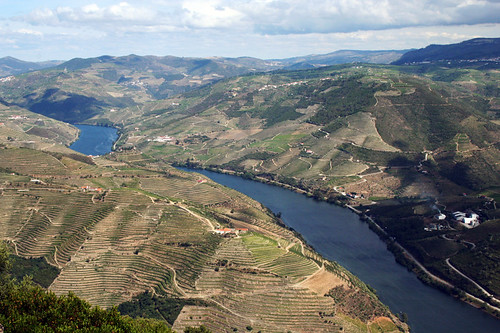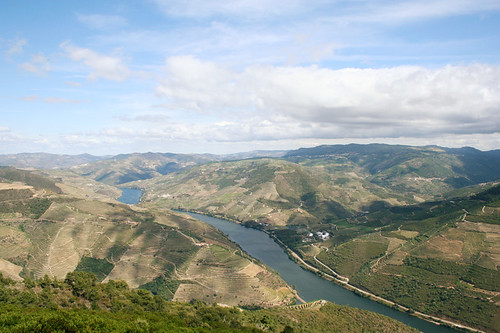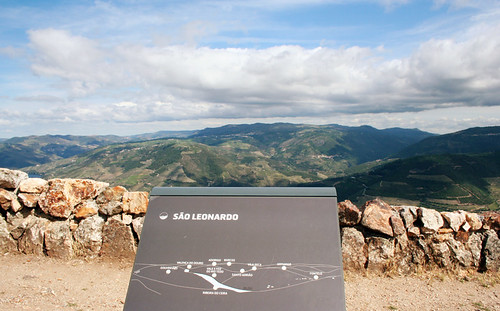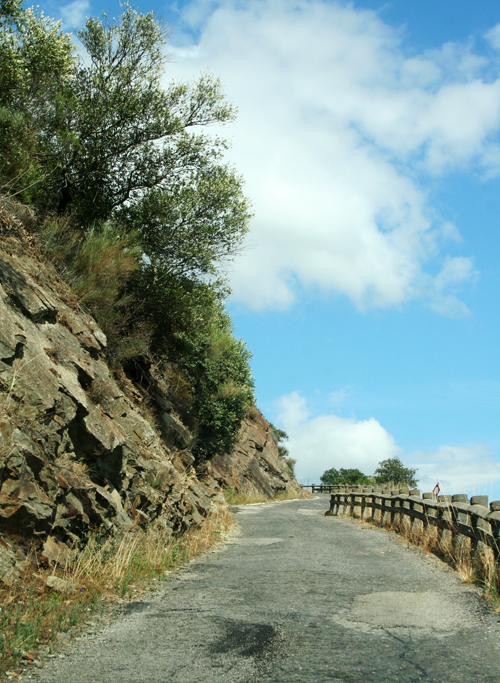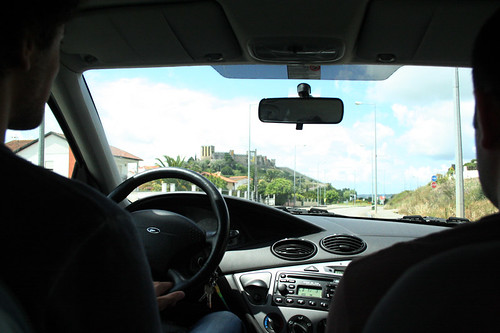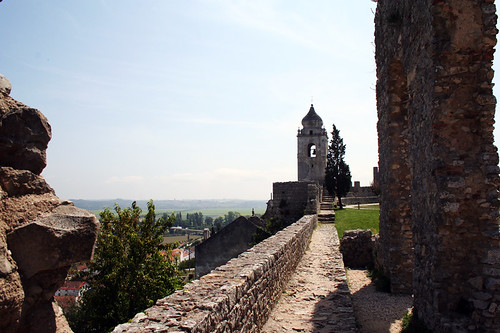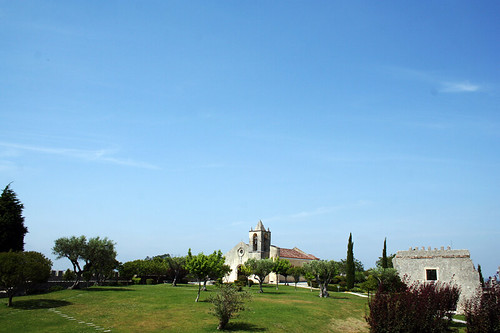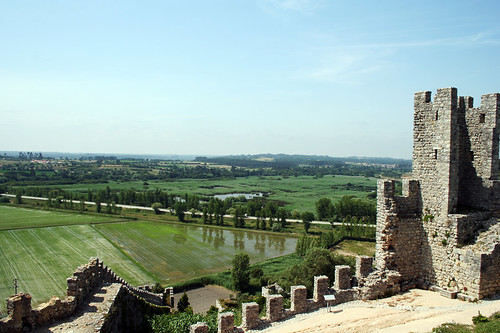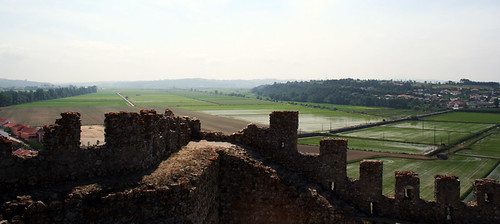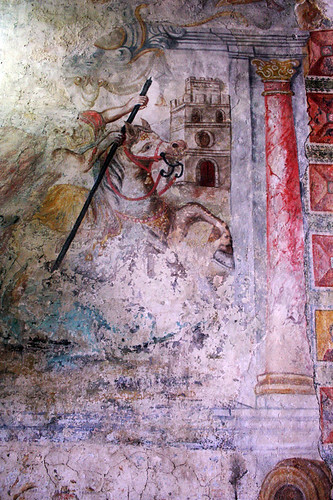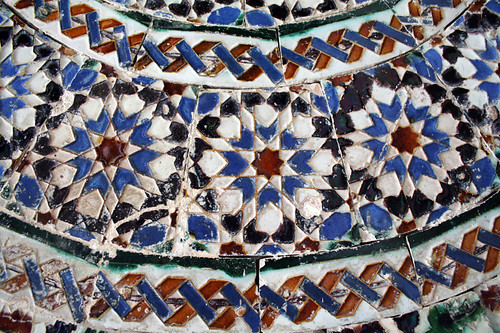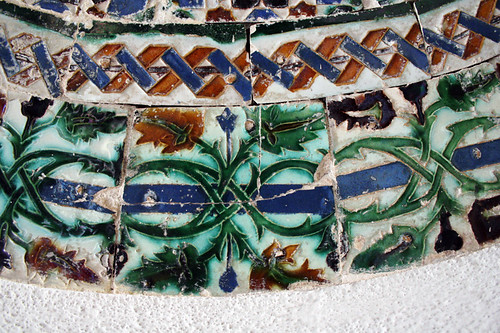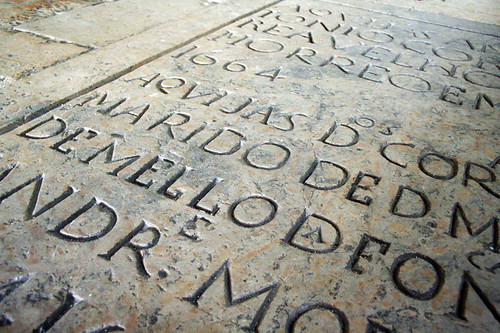| À proa dum navio de penedos, A navegar num doce mar de mosto, Capitão no seu posto De comando, S. Leonardo vai sulcando As ondas Da eternidade, Sem pressa de chegar ao seu destino. Ancorado e feliz no cais humano, É num antecipado desengano Que ruma em direcção ao cais divino. Lá não terá socalcos Por isso, é devagar que se aproxima Miguel Torga |
At the bow of a ship of cliffs, Sailing in a sea of sweet wort, Captain in his place Of command, S. Leonardo plows The waves Of eternity, No hurry to get to his destination. Anchored and happy at the human port, It is in an early disillusion That he sails towards the divine port. There will not be terraces Therefore, it slowly approaches Miguel Torga |
hard task for me, almost impossible to translate this poem of Torga, without using all the twists the portuguese language offers. it’s about a specific peek on a hill in the margins of the douro river, called s. leonardo, or, the ‘terrace of the douro’.
compulsory high school portuguese literature, the meaning of the poem is much better captured when you’re up there, surrounded with vineyards on hills that resemble waves. this is the landscape of the “alto douro vinhateiro”, the region where porto wine is produced.

